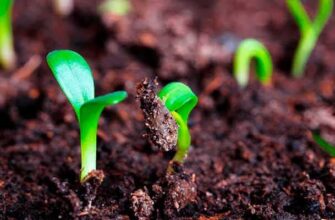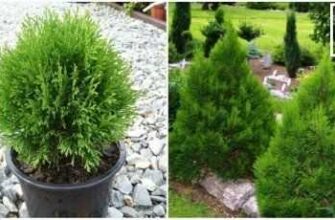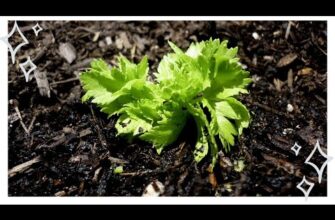- Садовые работы в мае: как обрезать деревья и ухаживать за садом
- Когда и какие деревья обрезать в мае
- Правила обрезки садовых деревьев
- Как подготовить инструменты для обрезки
- Почему обрезка важна для здоровья деревьев
- Как ухаживать за фруктовыми деревьями в мае
- Обрезка деревьев
- Уход за корнями и почвой
- Борьба с вредителями и болезнями
- Как ухаживать за декоративными деревьями и кустарниками
- Как ухаживать за газоном и цветами
- Уход за газоном
- Уход за цветами
- Остальные работы
- Как поливать растения в мае
- Как убирать сорняки и бороться с вредителями
- Как подкормить растения в мае
- 1. Органические удобрения
- 2. Минеральные удобрения
- 3. Внесение мульчи
- Какие садовые работы делать в мае, кроме обрезки
- Советы по сохранению садовой техники и инструментов
- Чистка и смазка
- Хранение
- Регулярный осмотр
- Вопрос-ответ:
- Какие деревья нужно обрезать в мае?
- Какой инструмент использовать для обрезки деревьев?
- Как правильно обрезать дерево?
- Как часто нужно поливать сад в мае?
- Какие другие работы можно проводить в саду в мае, помимо обрезки деревьев?
- Видео:
- КОГДА и КАК летом ОБРЕЗАТЬ ГРУШУ. Как удерживать грушу одной высоты.

Май порадует нас теплыми деньками и распустившейся зеленью. Это идеальное время, чтобы приступить к садовым работам и дать саду новую жизнь. В мае необходимо уделить внимание обрезке деревьев и другим важным процедурам ухода за садом.
Обрезка деревьев – важный этап в садовых работах. Правильно обрезанные деревья не только выглядят эстетично, но и становятся более здоровыми. В мае следует обрезать лишние ветви, проводить формировочную обрезку и удалять поврежденные или больные части деревьев. При этом необходимо учитывать особенности каждого вида деревьев и рекомендации специалистов, чтобы не нанести вред растению.
Однако обрезка деревьев – не единственная задача садовых работ в мае. Также важно ухаживать за остальными растениями в саду. Необходимо провести прополку грядок и клумб, чтобы избавить их от сорняков, которые могут конкурировать с растениями за питательные вещества и влагу. Также стоит обратить внимание на полив растений, чтобы они не испытывали недостатка влаги в жаркие майские дни.
Садовые работы в мае: как обрезать деревья и ухаживать за садом
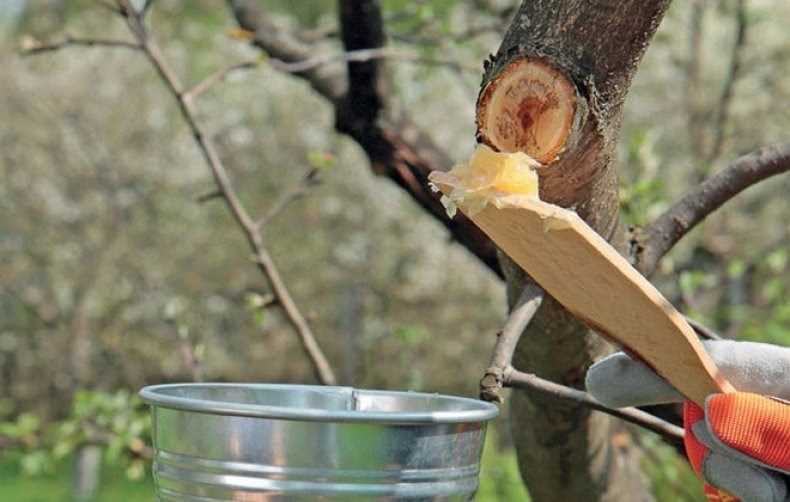
В мае, когда природа пробуждается от зимней спячки, наступает время для садовых работ. Одной из главных задач в это время года является обрезка деревьев. Обрезка позволяет формировать крону деревьев, улучшить их внешний вид и обеспечить лучшую освещенность садового участка.
Для начала, необходимо удалить все сухие и поврежденные ветви. Это поможет предотвратить возможные аварии в будущем и улучшить здоровье деревьев. Затем следует удалить все ветви, которые растут внутрь кроны и создают загущение. Оставляйте только те ветви, которые растут наружу и формируют правильную форму кроны.
Остальные садовые работы в мае включают уход за газоном и цветами. Регулярное поливание и подкормка помогут сохранить зеленый и красивый газон. Также стоит следить за состоянием цветов и удалять отцветшие соцветия. Это позволит цветам дольше радовать своими яркими цветами и продлит их цветение.
Когда и какие деревья обрезать в мае
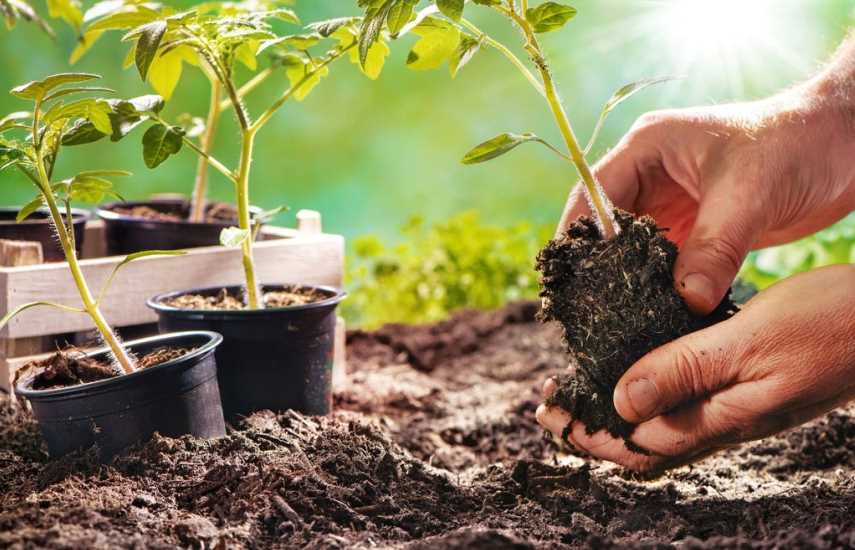
Май — отличное время для садовых работ и обрезки деревьев. В это время года растения активно растут, поэтому они быстрее восстанавливаются после обрезки. Кроме того, в мае уже прошли заморозки, и растения не подвергаются риску повреждения.
Садовые работы в мае
Перед тем как приступить к обрезке, нужно определить, какие деревья требуют ухода. Обычно в мае обрезаются плодовые деревья, такие как яблони, груши, сливы и вишни. Обрезка позволяет убрать лишние ветки и формировать крону дерева, что способствует увеличению урожая и улучшению качества плодов.
Остальные деревья
Кроме плодовых деревьев, в мае можно обрезать и другие деревья. Например, декоративные кустарники и деревья могут быть обрезаны для сохранения их формы и улучшения внешнего вида. Важно помнить, что каждый вид дерева требует индивидуального подхода к обрезке, поэтому перед началом работ рекомендуется изучить особенности каждого вида и придерживаться рекомендаций.
В целом, май — отличный месяц для обрезки деревьев и проведения садовых работ. Главное, помнить о том, что обрезка должна быть правильной и осуществляться с учетом особенностей каждого вида растения. Тогда вы сможете достичь желаемого результата и насладиться красивым и здоровым садом.
Правила обрезки садовых деревьев
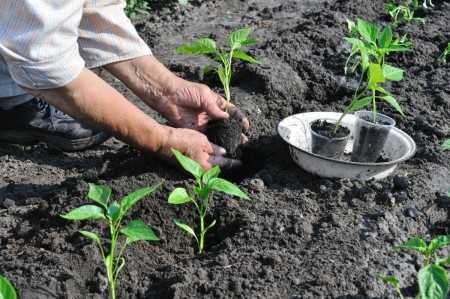
Обрезка деревьев – важный этап садовых работ в мае. Правильно проведенная обрезка поможет деревьям расти здоровыми и декоративными, а также улучшит урожайность плодовых культур.
1. Выберите правильное время для обрезки. Основное правило – обрезать деревья весной или осенью, когда они находятся в состоянии покоя. Кроме того, стоит избегать обрезки во время сильных заморозков или жары.
2. Удалите больные и поврежденные ветви. Остальное дерево будет благодарно за такую заботу. Также постарайтесь удалить слишком густые ветви, чтобы обеспечить хорошую вентиляцию и проникновение солнечного света.
3. Придайте дереву желаемую форму. Если вы хотите, чтобы ваше садовое дерево имело определенную форму, обрежьте его в соответствии с этим желанием. Но помните, что лучше всего сохранять естественную форму дерева.
4. Не обрезайте слишком много. Постарайтесь не удалять более 1/3 общего объема кроны дерева за один раз. Слишком сильная обрезка может негативно повлиять на рост и здоровье дерева.
5. Заботьтесь о порядке. После обрезки соберите и утилизируйте обрезанные ветки и листву. Обрезанные ветви можно использовать для компостирования или утилизировать с помощью горения.
Как подготовить инструменты для обрезки
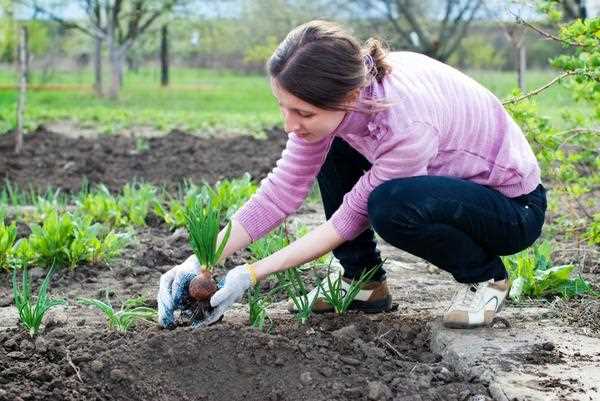
Правильная подготовка инструментов перед началом работ является важным шагом для успешной обрезки деревьев в саду. Все необходимые инструменты должны быть проверены и готовы к использованию.
Перед началом садовых работ, необходимо убедиться, что все инструменты в хорошем состоянии. Проверьте состояние лезвий, ручек и других частей инструментов. Если что-то требует замены или ремонта, обратитесь к профессионалам или замените самостоятельно.
Также рекомендуется очистить инструменты перед началом работ. Удалите все загрязнения и остатки от предыдущих работ. Это поможет облегчить процесс обрезки и сделает его более эффективным.
Остальное оборудование, такое как лестницы или стремянки, также должно быть проверено на безопасность и готовность к использованию. Убедитесь, что все соединения прочные, а поверхности стабильны. Не забывайте о соблюдении мер безопасности при работе на высоте.
Почему обрезка важна для здоровья деревьев

Обрезка деревьев является одной из самых важных работ в саду, особенно в мае. В этот месяц наступает период активного роста растений, и правильная обрезка помогает деревьям стать более здоровыми и продуктивными.
Одной из главных причин обрезки деревьев является удаление побегов, которые конкурируют с основными ветвями за питательные вещества и солнечный свет. Это позволяет остальным ветвям получить больше ресурсов и стать более сильными. Кроме того, обрезка позволяет создать более открытую крону, что способствует лучшему освещению и вентиляции дерева.
Важно помнить, что обрезка нужна не только для удаления лишних побегов, но и для формирования правильной структуры дерева. Правильно обрезанное дерево имеет прочные и устойчивые ветви, которые не ломаются под весом плодов или при сильном ветре. Это также помогает предотвратить возможность возникновения болезней и вредителей, так как правильно обрезанное дерево имеет более здоровые и сильные ветви.
Все эти причины подчеркивают важность обрезки деревьев в мае. Правильное выполнение этой работы может помочь вашим деревьям оставаться здоровыми и красивыми на протяжении всего сезона и даже дольше.
Как ухаживать за фруктовыми деревьями в мае

В мае наступает время активного роста и цветения фруктовых деревьев. Чтобы обеспечить их здоровье и урожайность, необходимо провести ряд садовых работ.
Обрезка деревьев

В мае можно провести формирующую обрезку молодых деревьев. Удаляются слабые, поврежденные или перекрывающие другие ветви. Также удалите все отросшие побеги внизу дерева, чтобы обеспечить лучшую циркуляцию воздуха и освещение. Обрезка позволяет дереву развиваться правильно и формировать красивую крону.
Уход за корнями и почвой
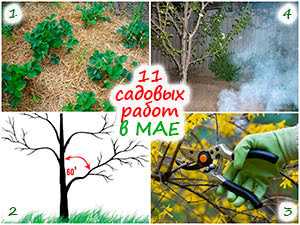
Все фруктовые деревья нуждаются в хорошем питании и влажности. В мае рекомендуется проверить состояние корней и провести подкормку. Определите, нуждается ли дерево в дополнительном поливе, особенно в период жары. Также следует регулярно рыхлить и мульчировать почву вокруг деревьев. Это поможет сохранить влагу и защитит корни от перегрева.
Борьба с вредителями и болезнями
В мае необходимо провести осмотр и обработку деревьев от вредителей и болезней. Проверьте листья, стволы и плоды на наличие вредителей, таких как тли, мучнистый червец и гусеницы. При обнаружении следов их деятельности, обработайте деревья соответствующими средствами. Также следует предотвращать появление болезней, регулярно обрабатывая деревья препаратами от грибковых инфекций и других заболеваний.
В мае необходимо уделять особое внимание уходу за фруктовыми деревьями. Проведение обрезки, контроль влажности и обработка от вредителей и болезней помогут обеспечить здоровый рост и богатый урожай.
Так стоп!!! Вы всё ещё не подписаны на наши каналы в Телеграмм и Дзен? Посмотрите: ТГ - (@historyfantasydetectivechat) и Дзен (https://dzen.ru/myshortsstorys)
Как ухаживать за декоративными деревьями и кустарниками
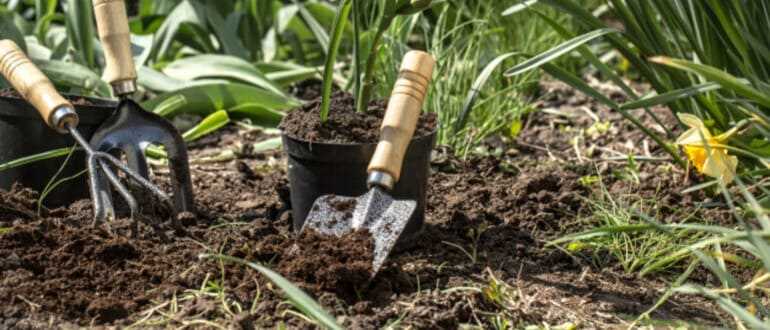
В мае наступает время садовых работ, и садоводы начинают активно заниматься уходом за своими растениями. Особое внимание следует уделить декоративным деревьям и кустарникам, которые являются важным элементом садового ландшафта.
Первое, что необходимо сделать в мае, это проверить состояние декоративных деревьев и кустарников. Обратите внимание на возможные повреждения и болезни. Если вы заметите какие-либо проблемы, обработайте растения специальными препаратами, которые помогут избавиться от вредителей и предотвратить развитие болезней.
Второй этап ухода за декоративными деревьями и кустарниками включает обрезку. В мае можно проводить формировочную обрезку, чтобы дать растениям нужную форму и стимулировать их развитие. Запомните, что необходимо обрезать только сухие, поврежденные или ненужные ветви. Помните, что некоторые растения могут требовать особого подхода к обрезке, поэтому перед началом работ изучите информацию о конкретном виде дерева или кустарника.
Третий этап ухода за декоративными деревьями и кустарниками – подкормка. В мае растения активно растут, поэтому им необходимо дополнительное питание. Используйте специальные удобрения для декоративных растений, которые содержат все необходимые микроэлементы и питательные вещества. Регулярно подкармливайте свои деревья и кустарники, чтобы они росли здоровыми и красивыми.
Как ухаживать за газоном и цветами
Уход за газоном
В мае особенно важно обратить внимание на состояние газона. Регулярная кошка травы поможет поддерживать его здоровье и красоту. Необходимо обрезать траву до оптимальной высоты и удалить все сорняки. Также рекомендуется провести внесение удобрений для улучшения питательности почвы и укрепления корневой системы газона.
Уход за цветами
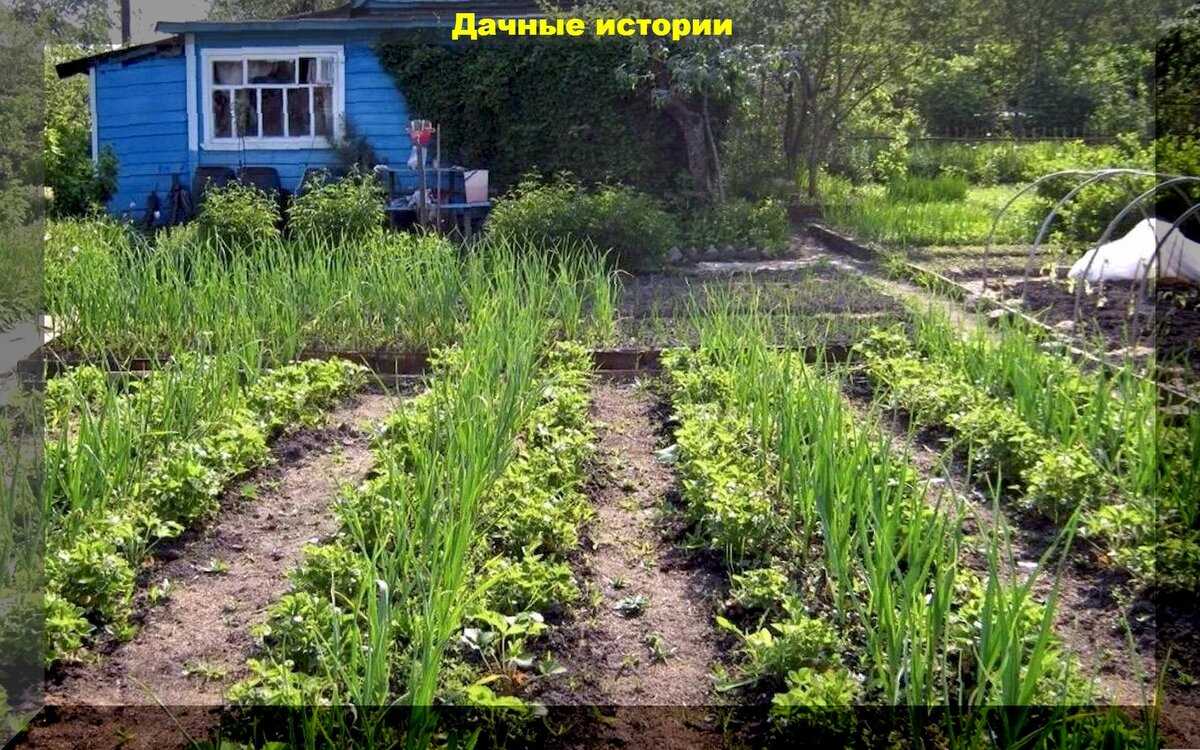
Помимо работ по уходу за деревьями и газоном, в мае необходимо уделять внимание также и цветам. Регулярный полив поможет сохранить их свежесть и яркость. Не забывайте удалять увядшие цветы и сухие листья, чтобы поддерживать их эстетический вид. Если возникают проблемы с вредителями, можно использовать специальные средства для их защиты.
Остальные работы

Кроме ухода за деревьями, газоном и цветами, в мае также следует уделить внимание другим аспектам садовых работ. Необходимо проверить и при необходимости обновить систему полива, чтобы цветы и газон получали достаточное количество влаги. Также важно обрезать кустарники и формировать живые изгороди, чтобы сад выглядел аккуратно и ухоженно. Подрезание декоративных растений поможет создать желаемую форму и регулировать их рост.
Таким образом, уход за газоном и цветами в мае требует регулярного полива, обрезки и удаления сухих и увядших частей растений. Также необходимо следить за состоянием почвы и вносить удобрения для поддержания их здоровья и красоты. Все работы следует проводить своевременно и внимательно, чтобы сад радовал глаз и приносил радость своим обитателям.
Как поливать растения в мае
В мае наступает время активного роста и цветения растений, поэтому правильный полив является одной из важнейших работ в саду. Необходимо помнить, что орошение растений должно быть регулярным и умеренным.
Садовые работы в мае требуют особого внимания к поливу деревьев. В это время года деревья активно поглощают влагу из почвы для нормального роста и развития. Особенно важно поливать молодые деревья, которые только начинают образовывать корневую систему.
Однако, следует помнить, что не все растения требуют одинакового количества влаги. Перед поливом необходимо оценить состояние почвы и определить, нуждается ли она в увлажнении. Если почва высохла, можно приступать к поливу, но если она осталась влажной после дождя, то лучше отложить полив на несколько дней.
Кроме того, стоит помнить о том, что нежелательно поливать растения в солнечные часы, так как это может привести к ожогам и плохому усвоению влаги. Идеальное время для полива — утренние или вечерние часы, когда солнце не так ярко. Благодаря этому растения успеют впитать влагу и не испарят ее под сильными солнечными лучами.
Как убирать сорняки и бороться с вредителями
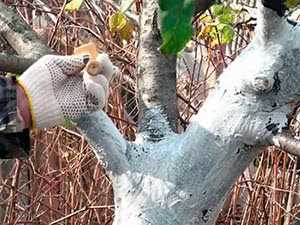
В мае, когда наступает теплое время года, садовые работы требуют особого внимания. Одной из важных задач является уборка сорняков. Сорняки могут нанести значительный вред деревьям и кустарникам, конкурируя с ними за питательные вещества и влагу. Чтобы избежать этого, регулярно осматривайте сад и удаляйте сорняки, выкапывая их полностью с корнем.
Однако сорняки — не единственная проблема, с которой сталкиваются садоводы в мае. В это время появляются различные вредители, которые могут повредить деревья и растения. Для борьбы с ними можно использовать различные методы, включая биологические и химические средства. Важно выбирать методы борьбы, которые будут наиболее эффективными и безопасными для окружающей среды.
Биологические методы борьбы с вредителями включают использование полезных насекомых, которые питаются вредителями. Например, могут быть использованы мирмекофильные жуковки для борьбы с листовёрткой. Также можно применять гербициды, чтобы уничтожить сорняки и предотвратить их дальнейшее распространение в саду.
Важно помнить, что каждый вид вредителя требует своего подхода к борьбе, поэтому рекомендуется проконсультироваться с опытным садоводом или специалистом по растениеводству, чтобы выбрать наиболее эффективный метод борьбы и избежать повреждения растений. Не забывайте о здоровье и красоте своего сада — всё дельце садовые работы в мае требуют особого внимания и заботы.
Как подкормить растения в мае
В мае приходит время уделять особое внимание растениям в саду. Они активно растут и развиваются, и им необходимы дополнительные питательные вещества для поддержания здоровья и красоты. Вот несколько способов, как правильно подкормить растения в мае:
1. Органические удобрения

Органические удобрения являются отличным выбором для подкормки растений в мае. Используйте натуральные компоненты, такие как компост, перегной или органические удобрения в гранулах. Распределите их равномерно вокруг деревьев и по всему саду. Они обеспечат растениями необходимыми питательными веществами и улучшат почву.
2. Минеральные удобрения
Минеральные удобрения также являются эффективным способом подкормки растений в мае. Они содержат все необходимые элементы питания, которые растения могут потребовать. Разбавьте минеральные удобрения в воде и поливайте ими растения. Обратите внимание на рекомендации производителя по дозировке и частоте применения.
3. Внесение мульчи
Мульча — это материал, который помогает сохранить влагу и улучшить плодородие почвы. Внесение мульчи вокруг деревьев и растений в мае поможет им выжить в жарких летних условиях. Используйте органическую мульчу, такую как солома, опилки или кора дерева. Она будет предохранять растения от перегрева, подавлять рост сорняков и сохранять влагу в почве.
Какие садовые работы делать в мае, кроме обрезки
В мае в саду есть много других важных задач, которые требуют вашего внимания. Не забудьте провести полив растений, особенно в период сухой погоды. Регулярный полив позволит поддерживать оптимальный уровень влажности в почве и обеспечит хороший рост и развитие растений.
Также в мае необходимо удобрить садовые культуры. Подкормка питательными веществами поможет растениям лучше пережить сезон и даст им дополнительный рост. Выберите подходящее удобрение для каждого вида растений и правильно примените его по инструкции.
Все работы в саду будут бесполезны, если не уделить внимание борьбе с сорняками. В мае сорняки активно растут и размножаются, поэтому регулярно проводите их прополку. Это поможет сохранить красоту и здоровье сада.
Не забывайте также о защите растений от вредителей и болезней. Если заметите какие-либо признаки поражения растений, примите меры по их лечению. Используйте средства защиты растений, такие как инсектициды или фунгициды, в соответствии с инструкцией.
Советы по сохранению садовой техники и инструментов
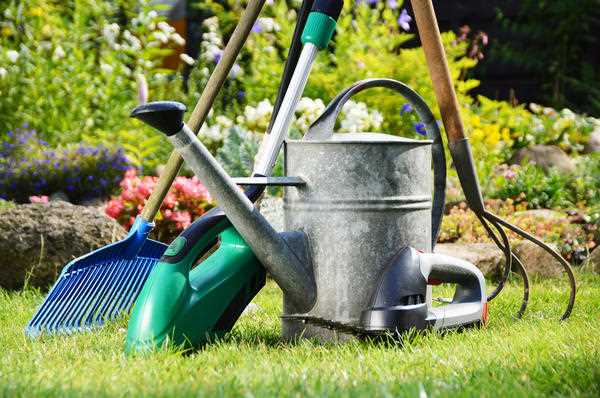
В мае, когда работы в саду находятся в полном разгаре, важно не забывать о правильном уходе за садовой техникой и инструментами. От этого зависит их долговечность и эффективность в дальнейшем.
Чистка и смазка
После каждого использования садовую технику и инструменты необходимо тщательно очищать от грязи, пыли и остатков растений. Для этого можно использовать щетку или влажную тряпку. Особое внимание следует уделить ножам и лезвиям, которые необходимо очистить от прилипших остатков и обработать специальным смазочным средством.
Хранение
После тщательной чистки садовую технику и инструменты следует хранить в сухом и защищенном от влаги месте. Для этого можно использовать специальные ящики или стеллажи. Важно также убедиться, что острые и режущие элементы находятся в надежной защите, чтобы предотвратить возможные травмы.
Регулярный осмотр
Необходимо регулярно осматривать садовую технику и инструменты на наличие повреждений или износа. Если обнаружены трещины, сколы или иные повреждения, необходимо своевременно заменить или отремонтировать детали. Такой подход позволит избежать серьезных поломок и продлить срок службы садовой техники и инструментов.
Сохранение садовой техники и инструментов в хорошем состоянии играет важную роль в успешном процессе садовых работ. Правильная чистка, смазка, хранение и регулярный осмотр помогут долгое время сохранять эффективность и функциональность садовой техники и инструментов.
Вопрос-ответ:
Какие деревья нужно обрезать в мае?
В мае рекомендуется обрезать фруктовые деревья, такие как яблони, груши, вишни и сливы. Также можно обрезать декоративные деревья, такие как березы, клены и ивы.
Какой инструмент использовать для обрезки деревьев?
Для обрезки деревьев вам понадобится секатор или пилка. Если ветви довольно толстые, то можно использовать садовый пилинг или цепную пилу.
Как правильно обрезать дерево?
При обрезке дерева нужно сначала удалить все мертвые, больные и поврежденные ветки. Затем следует удалить все перекрещивающиеся ветви и те, которые растут внутрь кроны. Кроме того, нужно обрезать ветви, чтобы сохранить естественную форму дерева и обеспечить его правильное освещение и вентиляцию.
Как часто нужно поливать сад в мае?
Частота полива сада в мае зависит от погоды и влажности почвы. В общем случае, сад нужно поливать 1-2 раза в неделю, обеспечивая умеренно влажную почву. Однако, если погода слишком жаркая и сухая, полив можно увеличить.
Какие другие работы можно проводить в саду в мае, помимо обрезки деревьев?
В мае можно проводить множество других работ в саду. Например, нужно прополоть грядки и удалить сорняки. Также можно пересадить и размножить растения, а также удобрить почву. Кроме того, рекомендуется проверить сад на наличие вредителей и болезней, и принять соответствующие меры по их уничтожению.


